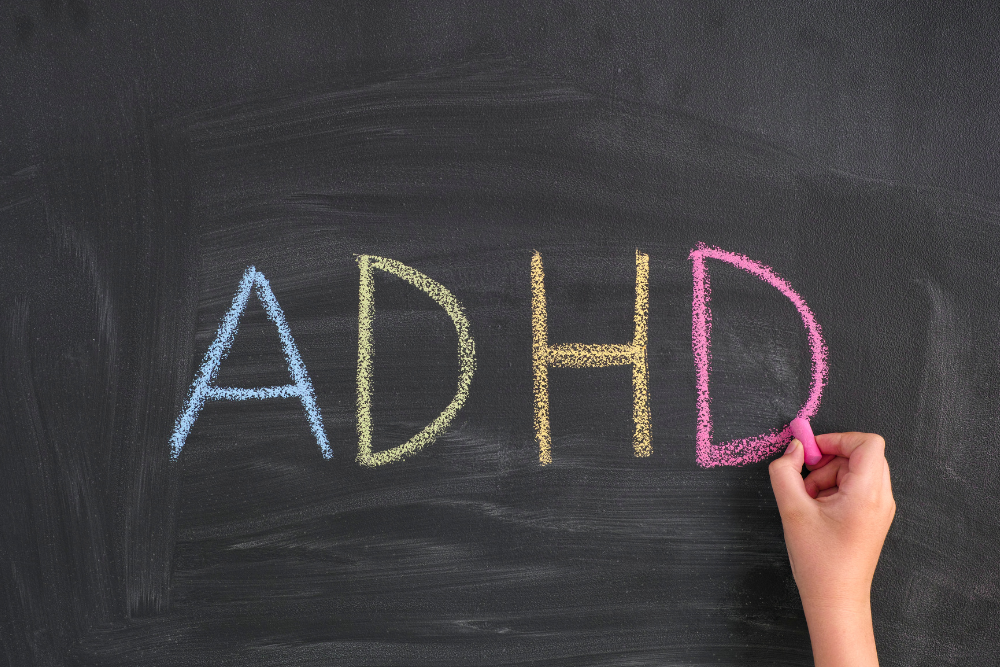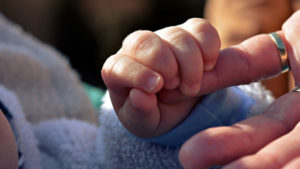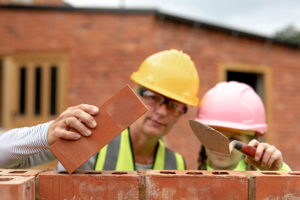Attention-deficit/hyperactivity disorder, also called ADHD, is a long-term condition that affects millions of children. It can continue into adulthood. ADHD includes a number of ongoing problems. These can include having a hard time paying attention, being hyperactive and being impulsive.
Children with ADHD may have low self-esteem and troubled relationships and do poorly in school. Symptoms can lessen with age. Some people never completely outgrow their ADHD symptoms, but they learn strategies to be successful.
While treatment won’t cure ADHD, it can help people deal with symptoms. In addition to education about ADHD, treatment can involve medicines and behavior therapies. Early diagnosis and treatment can make a big difference.
What Are The Signs Of ADHD?
Parents may wonder how to distinguish typical childhood behavior from potential signs of ADHD. It is natural for children to be energetic and inattentive or impulsive at times. After all, kids can be kids! Children should never be classified as having ADHD just because they’re different from their friends or siblings. Most healthy children are inattentive, hyperactive or impulsive at one time or another. It is typical for preschoolers to have short attention spans and not be able to stick with one activity for long. Even in older children and teenagers, attention span often depends on the level of interest.
Telltale signs of ADHD at home include:
- Difficulties with routine tasks such as getting dressed or brushing their teeth
- Your child might have a short attention span and find it challenging to focus on homework and switch frequently from one activity to another
- Impulsive behaviors like interrupting conversations or speaking out of turn
As parents, you may also hear from your child’s teacher that there are difficulties such as inattentiveness or difficulty staying focused during lessons, frequent daydreaming or struggling to follow instructions. Your child might demonstrate disruptive behaviors such as restlessness, fidgeting and difficulty staying seated in the classroom. You might also learn of social challenges such as difficulty making and maintaining friends due to impulsive behaviors or struggles with social cues.
When Do ADHD Symptoms Begin?
ADHD symptoms usually start before age 12. In some children, they can be seen as early as 3 years old. ADHD symptoms can be mild, moderate or severe. Symptoms need to be seen in two or more settings, such as at home and at school. Children who have problems in school but get along well at home or with friends may likely have a concern other than ADHD. The same is true of children who are hyperactive or inattentive at home but whose schoolwork and friendships aren’t affected.
ADHD symptoms cause problems with development and daily life and may continue into adulthood. ADHD occurs more often in boys than in girls. Behaviors can be different for boys and girls. For example, boys may be more hyperactive, and girls may tend to quietly not pay attention.
There are three types of ADHD:
- Predominately inattentive. In this type, many symptoms fall under inattention. This includes having trouble focusing and staying on a task. It also means trouble getting and organized and staying organized.
- Predominately hyperactive and impulsive. In this type, symptoms involve being hyperactive and impulsive. Hyperactive means being too active and having too much energy. It may include disruptive behavior. Impulsive children could act without thinking ahead about the results or effects of behavior.
- Combined. This type is a mix of inattentive symptoms and hyperactive and impulsive symptoms.
Hyperactive And Impulsive Symptoms
A child who shows a pattern of hyperactive and impulsive symptoms may often:
- Fidget with or tap hands or feet, or squirm in the seat
- Have a hard time staying seated in the classroom or in other situations
- Be constantly in motion
- Run around or climb in situations when it’s not proper
- Have trouble playing or doing an activity quietly
- Talk too much
- Blurt out answers, interrupting the questioner
- Have trouble waiting for a turn
- Interrupt others’ conversations, games or activities
Inattentive Symptoms
A child who shows a pattern of inattention may often:
- Fail to pay close attention to details or make careless mistakes in schoolwork
- Have trouble staying focused on tasks or play
- Seem not to listen, even when spoken to directly
- Have a hard time following through with instructions and not finish schoolwork or chores
- Have trouble organizing tasks and activities
- Stay away from or not like tasks that need focused mental effort, such as homework
- Lose items needed for tasks or activities, for example, toys, school assignments, pencils
- Be easily distracted by other things, thoughts or activities rather than finishing a task
- Forget to do some daily activities, such as chores
Adult ADHD
Adults can be diagnosed with ADHD too. While the onset of symptoms is most likely to occur in childhood, it can sometimes go unnoticed or be misinterpreted as something else. Many adults only recognize signs later in life, when challenges with focus, organization and impulse control become harder to manage. This can impact work, relationships and self-esteem.
When To See A Doctor And Take A Screening
If you think that your child shows signs of ADHD, talk to your child’s doctor. They can do a medical evaluation to check for other causes of your child’s symptoms. Then if needed, your child may be referred to a specialist, such as a cognitive behavioral therapist, psychologist, psychiatrist or pediatric neurologist.
At Bryan Counseling Center, we have a psychologist who is able to provide psychological evaluations to assist in the treatment of ADHD for your child. Early diagnosis and treatment allow you to navigate the challenges associated with ADHD symptoms in a supportive and proactive way that empowers the child and the family.

Stacy Waldron, PhD
Licensed Psychologist, Bryan Counseling Center









